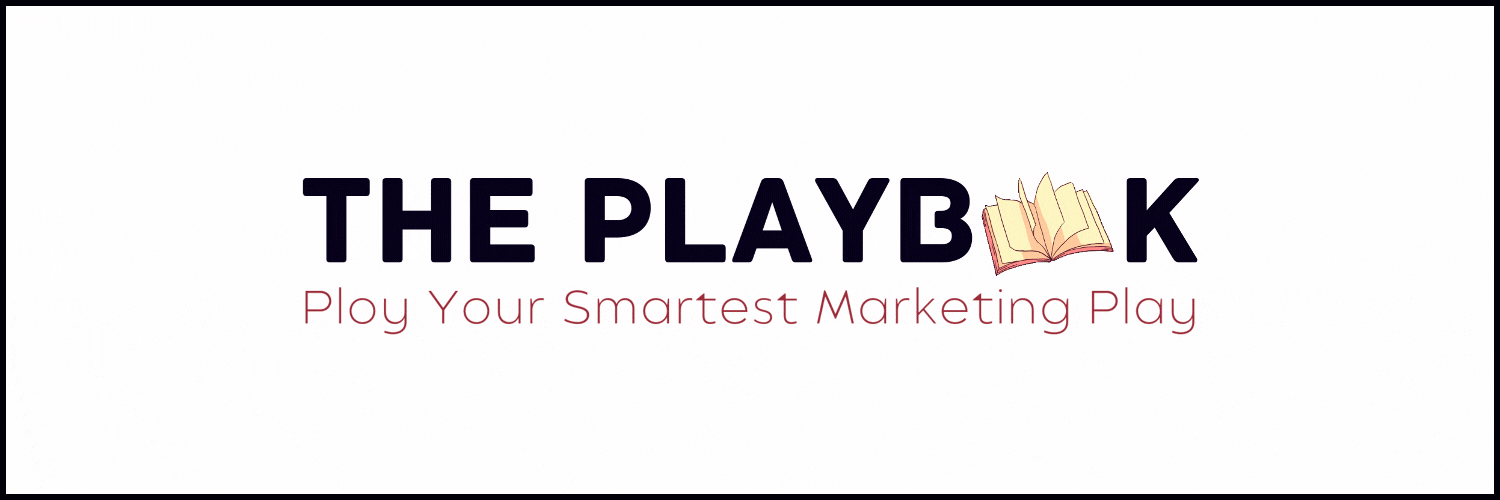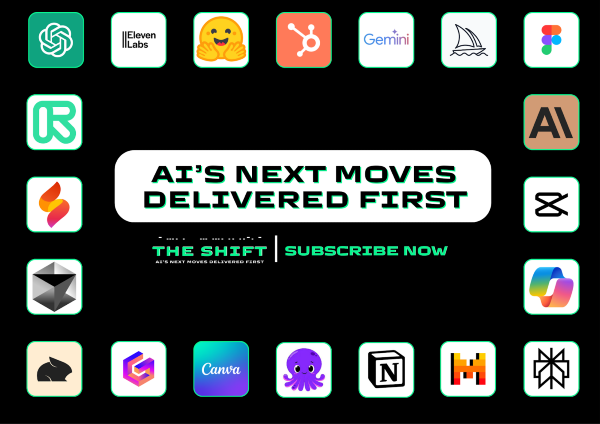Channel Feedback Loops
🔄How to Make Google and Meta Talk to Each Other

Hey Readers 🥰
Happy Fourth of July to all our U.S. Readers! Hope this Independence Day gives you space to think, breathe, and realign.
It’s easy to get caught up in doing; today’s a good reminder that every bold move starts with a clear 'why'.
Welcome to today’s edition, bringing the latest growth stories fresh to your inbox.
And just a quick heads-up! If you stumbled upon us through a friend, make sure to subscribe below! That way, you’ll never miss out on the trending stories.
🔄 Channel Feedback Loops as Performance Multipliers: How to Make Google and Meta Talk to Each Other
Most media teams run channels like lanes on a racetrack, separate budgets, separate logic, and separate goals. But performance explodes when you turn lanes into loops. The secret isn’t more spending, it’s signal recycling.
At the 6–8 figure level, Meta and Google shouldn’t operate in silos. They should operate in sequence: one builds the demand, the other captures it, and then the loop learns forward.
Here’s how to close that loop:
1. Meta Generates Demand (Even If It Can’t Measure It)
Think of Meta as the attention engine. You’re planting beliefs, desires, and objections, whether or not the user clicks. That’s why many Meta campaigns look “underperforming” on paper but trigger branded search spikes a day later.
The mistake? Judging Meta too quickly, by click-throughs or purchases alone. If you’re not watching incremental search lift (Google Trends, branded search CTR, search-term alignment), you’re missing the echo effect.
2. Google Captures Intent, But Doesn’t Shape It
Search doesn’t create buyers. It catches them once Meta has done the subconscious work. Your job is to make sure that what they saw in a Meta ad matches what they see in the search result.
Here’s how high-performance teams sync the two:
- Use Meta’s top-performing hooks to write responsive headlines in Google Ads
- Tag Meta creative themes (e.g., “smells like summer”) and reflect those in branded keyword variants
- Run real-time correlation between Meta CPM spikes and Google CPC dips, it shows when demand creation is subsidizing search capture
3. Meta Learns from Search (Even If It Can’t Track It)
Here’s the unlock most marketers miss: Google’s best-performing keywords and phrases should inform Meta creative iteration.
How? Weekly extract search term reports and:
- Feed top-performing queries into the Meta primary text as pain-point openers
- Pull mid-funnel keywords into Meta retargeting for late-stage buyers
- Test ad variants based on SERP language (“clean ingredients” or “sweatproof” often outperform “natural”)
When search and social feed each other, you stop chasing isolated ROAS and start building omnichannel intent velocity.
4. The Cross-Channel Performance Lens
Final shift? Ditch platform dashboards, they’ll lie to you. Instead, create a blended loop tracker:
- Meta spend → branded search lift (via Google Trends/CTR)
- Branded search queries → Meta creative scorecard
- CAC movements → mapped to shared campaign themes, not channel silos
You’re not just optimizing ads. You’re optimizing how belief turns into behavior across the ecosystem.
Partnership with The Shift
Your AI Edge Won’t Come From Reading More. It Comes From Doing Differently.

You don’t need another newsletter recapping what OpenAI just launched.You need a shift in how you think and apply AI today.
The Shift AI gives you 5-minute daily strategies that teach you how to:
✅ Stack tools into workflows that actually produce results
✅ Automate thinking and execution without losing control
✅ Operate like someone who grew up on AI, and even if you didn’t
You’ll get ahead of AI trends not by knowing more, but by executing better.
Bonus? You also get 2000+ tools, 300+ prompts, and free AI courses.
Less news. More moves.
🗝️ Tweet of the Day

Advertise with Us
70% of email clicks are bots but not with The Playbook. Reach real human buyers with verified clicks and only pay for actual engagement.
We'd love to hear your feedback on today's issue! Simply reply to this email and share your thoughts on how we can improve our content and format. 😍